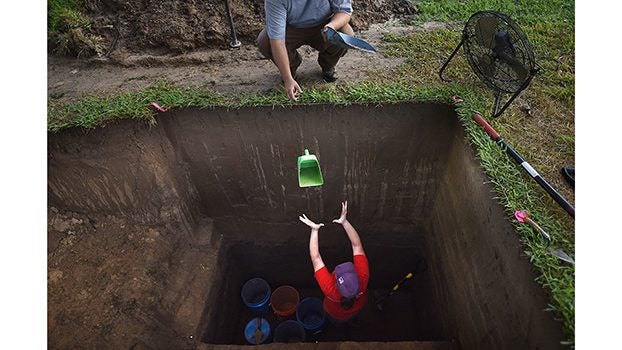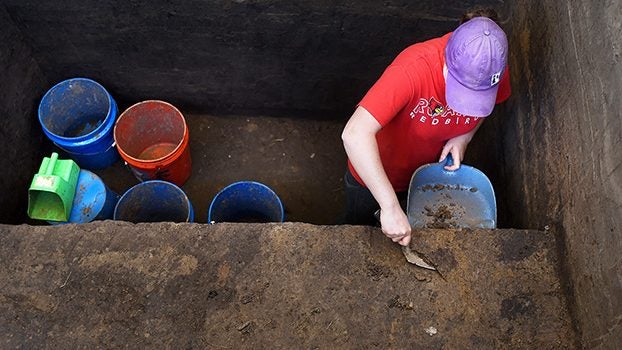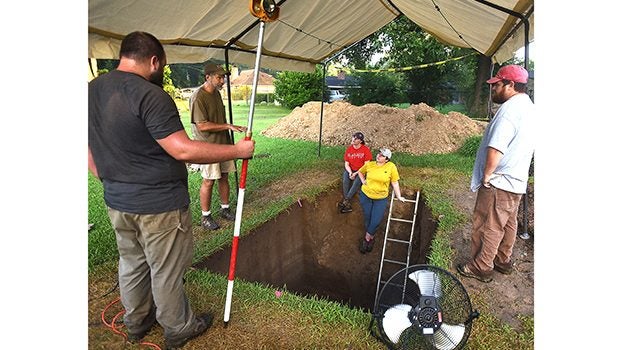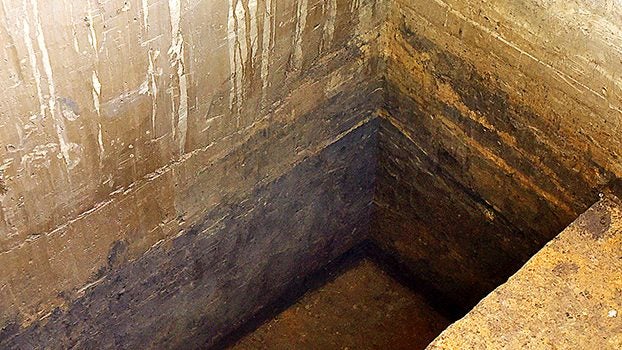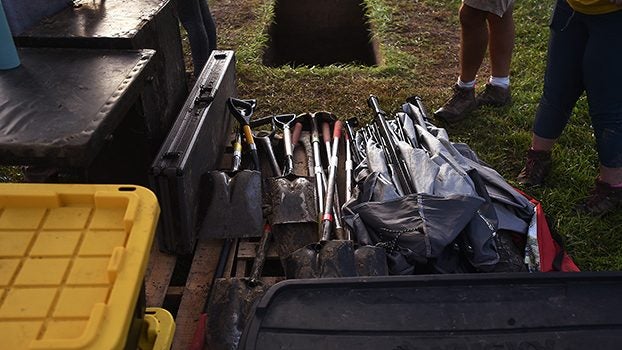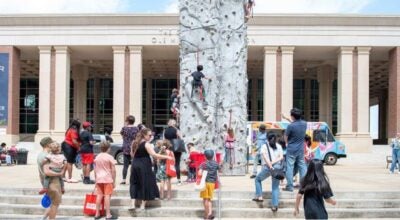Archaeologists uncover lost mound at historic Native American site in Mississippi
Published 7:12 am Tuesday, July 23, 2019
Until recently only three mounds were known to exist at the Grand Village of the Natchez Indians historic site.
Recent archaeological studies of the land reveal new secrets to the ceremonial site of mound-building Native Americans in Southwest Mississippi.
The face of the Grand Village has changed over centuries of erosion, plowing and other work done on the site, Grand Village director Lance Harris said, adding ongoing archaeological studies may change the Grand Village once again — this time restoring some of what was lost.
Thursday evening, Vin Steponaitis, a professor of archaeology and anthropology at the University of North Carolina at Chapel Hill, presented maps from the early 1700s that show a cluster of at least five mounds on the Grand Village site where only three mounds are still visible today.
“There are two missing mounds here that there’s bound to be evidence of, somewhere,” Steponaitis said.
Steponaitis said some maps and early writings reference structures sitting on top of Mounds B and C, including a house for the Natchez chief and a Natchez temple, while mound A is believed to have been abandoned before the Natchez Indians ever arrived.
In 1730, the French Colonial militia laid siege to the Natchez village and took refuge in forts on St. Catherine’s Creek, Steponaitis said.
The French may have repurposed the temple mound as a military headquarters and used an adjacent mound where an “old temple” stood as a field hospital for the wounded, Steponaitis said.
The National Park Service recently awarded an American Battlefield Protection Program grant for the University of Mississippi Center for Archaeological Research in collaboration with the Grand Village to do an extensive study on the site.
Tony Boudreaux, the director of the Center for Archaeological Research and associate professor of anthropology and the University of Mississippi, said he and a team of archaeologists used radar sensors that send signals into the ground to locate anomalies in the soil.
During this study, Boudreaux said he was able to pinpoint where one of the mounds might be, and after some digging found marble-like patterns in the dirt that resemble areas where natives may have dislocated earth from one area and dumped it in a new location — which they would have done to construct a mound.
“We think we have found the northernmost missing mound,” Boudreaux said.
Harris said The Grand Village is fundraising to expand its facility to better accommodate visitors and tell the story of the original Natchezians as some of the information that the center currently displays has changed.
“We plan to use this information,” Harris said. “It’s not just something we’re going to take and stick on a shelf somewhere, talk about it every now and again and then forget about it. That is not the case at all. We have some exciting plans for the Grand Village of the Natchez Indians.”
Harris said the Grand Village is working on an approximately $6 million development plan that would increase the visitor capacity for the museum and auditorium, revamp welcome signs leading into the Grand Village and perhaps re-create structures that once stood on top of the mounds.
After further studies at the Grand Village, Harris said ghost mounds, or markers, could be used to depict where the missing mounds were located.
A new virtual reality exhibit could open later this year, Harris said, which would also depict missing features on the site.
“There are powerful, powerful stories here,” Harris said. “The story of colonization and the story of conflicts with the French colonists sits right here at the Grand Village of the Natchez Indians. It’s an exciting story that I’m looking forward to telling in the future.”


